Tags: Galaxy

Globular Clusters May Hold Clues About How This Galaxy Evolved, Researchers Say
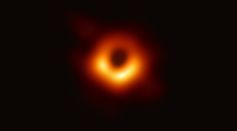
Two Supermassive Black Holes Locked Together by Gravity near Galaxy,’ Heading for ‘Titanic Collision’
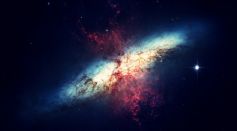
Extremely Fast Radio Burst Found in Surprising Location in Space; Astronomers Claim It's the Closest Source Ever
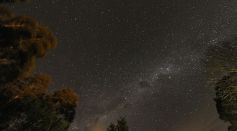
Where Did Milky Way's Stars Come From? Researchers Investigate If They Formed Within, Outside, or Blended in the Galaxy

Galactic Spanish Dancer Surrounded by Young, Bright Stars Captured in Stunning Photo [Look]
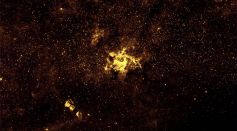
NASA James Webb Space Telescope to See More of This Milky Way's Supermassive, Weird, and Flickering Entity

NASA Hubble Space Telescope Captures Stunning Photo of 3 Galaxies Tearing Each Other Apart

Milky Way Eats Remains of Long-Lost Galaxy, ESA Gaia Spacecraft Says

ESO VLTI Shares Stunning Thermal Image Of Supermassive Black Hole In Messier 77 Galaxy

Largest Monster Radio Galaxy Found: Biggest Structure Of Galactic Origin 16.3 Million Light-Years Away
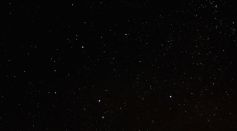
Do Smaller Galaxies Lose Their Dark Matter on Collisions? Here’s What Experts Say

NASA Hubble Space Telescope Spots a Weird Pair of Interacting Galaxies

Australian Astronomers Spend 7 Hours Listening, Searching for Chances of Life in the Milky Way

Protocluster Discovered with Dead Galaxies; Young Members Stopped Evolving Since Early Formation of Universe

Milky Way Now Has Thousands Of Stunning Magnetic Threads Like A 'Modern Art', Scientists Say

NASA Hubble Space Telescope Captures Stunning Titanic Galaxy 115 Million Light-Years Away
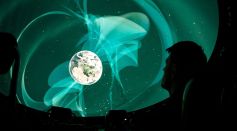
Earth Never Stops Moving in Space! How Does the Planet Move Through the Milky Way Galaxy?

Meet Maggie: The Largest Structure in the Milky Way Located 55,000 Light-Years Away From Earth

Do You Want To Kick A Pulsar Out Of The Galaxy? Here's How! [Watch]

Cosmic Ray With Unstable Magnetic Fields Reduces Star Formations [STUDY]
Most Popular

Will Earth's Magnetic Poles Flip Next? Magnetic Pole Reversal Explained Through Cutting‑Edge Magnetosphere Science

How Lightning Science Reveals Why Charged Storms Are Rising with Global Warming Effects

Relativity Time Dilation Explained: The Physics of Time and Why It Moves Differently in Space

Earthquake Magnitude vs Intensity: Key Differences Explained for Accurate Measurement





